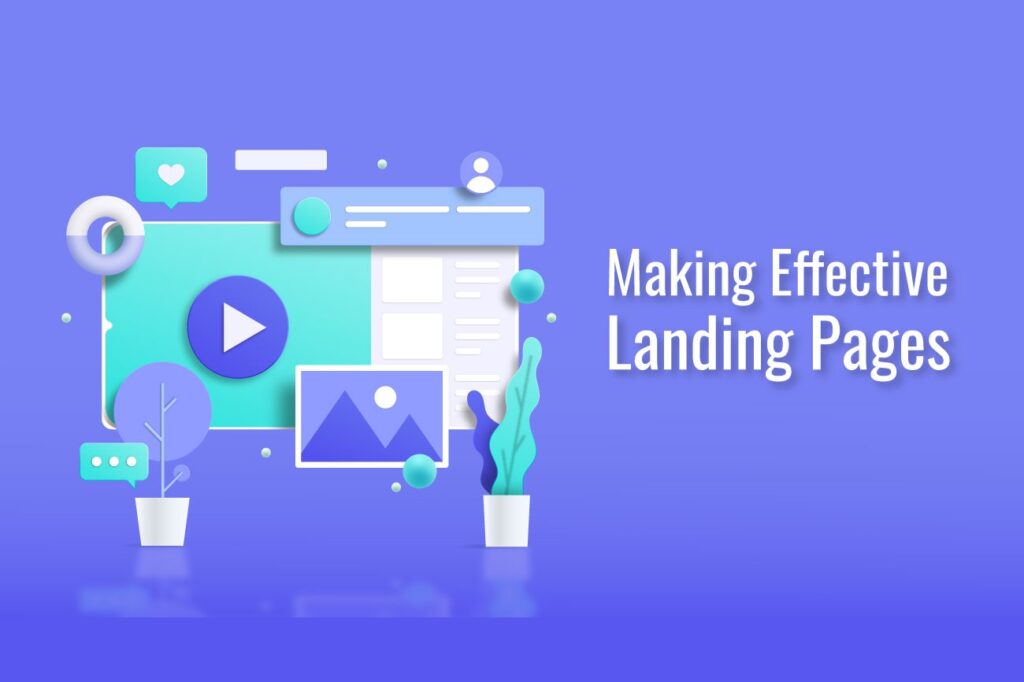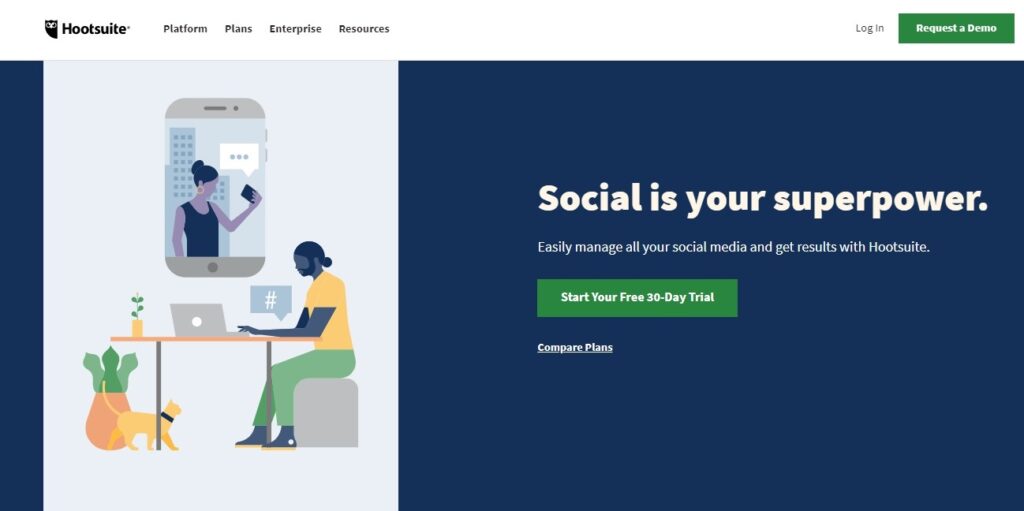- Who We Are
- What We Do
-
-
- Our Services
Industry Expertise
-
Business Functions
Technology
SaaS
-
-
- Insights
- Working at SELISE
- Contact Us
- EN
- DE
en
- EN
- DE



This applies to all components in a landing page. It is important to have persuasive and succinct copy and text throughout the web page. It is also necessary to use the words which are being used by potential customers to look for such products, services, and features. Good storytelling through texts can go a long way to convert visitors into customers.
Want to bring your landing page to life? SELISE Page Builder can help you bring your vision to reality with the use of pre-built templates and drag-and-drop widgets. Start building your own page for free from the Page Builder landing page , or contact us if you need further information.
Email: info@selise.ch
Contact Number: +49 89 54196883